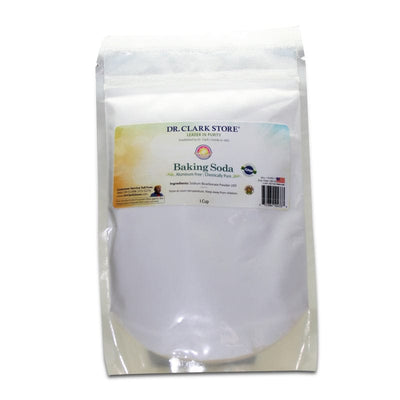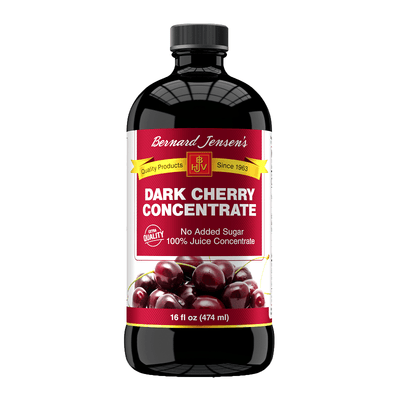Scientists Discover Promising New Compound to Block Hard-to-Treat Allergic Reactions Like IBS and Asthma

Mast cells play a critical role in defending the human body against harmful invaders. Found throughout the body as part of our immune system, they spring into action in response to threats such as bacteria, viruses, and even toxins from snake or insect bites. Upon activation, mast cells release a cascade of defensive responses, triggering symptoms like mucus production, swelling, itching, and even muscle contractions in the airways and digestive system. While these reactions help protect us, they can also backfire: when mast cells become overreactive, the result is allergy-like conditions that are often severe and tough to treat.
A recent breakthrough, published in the journal Signal Transduction and Targeted Therapy, could transform the lives of those affected by these difficult conditions. Researchers have developed a new compound designed to block mast cells from setting off some of the most stubborn and potentially life-threatening responses—including asthma, irritable bowel syndrome (IBS), chronic itching, and certain migraines.
Rethinking Allergic Reactions
For decades, many of these conditions were considered “pseudo-allergic,” not fitting the conventional definition of allergies that involves antibodies flagging invaders for the immune system. However, mounting research—including insights from the latest study—reveals these reactions actually stem from a distinct, direct activation of mast cells, bypassing the involvement of antibodies altogether. This new understanding has led scientists to reclassify them as a type of allergy, albeit one with a unique triggering pathway.
“These are reactions of a specific nature that have been difficult to treat, and remain so to this day,” explained Christa Müller, co-author of the new study and an expert in medicinal chemistry at the University of Bonn.
The Search for a Solution
About 15 years ago, Müller and colleagues made a pivotal discovery. They identified a receptor, known as MRGPRX2, embedded in the membrane of mast cells. When certain molecules latch onto this receptor, it acts as a switch, activating the problematic allergic responses seen in non-antibody-mediated reactions.
“The question was,” Müller reflected, “how do we block this switch?”
The answer required screening a vast array of chemical compounds. The research team, led by doctoral student and study first author Ghazl Al Hamwi, leveraged a library of 40,000 molecules from previous research. Ingeniously, they used a test involving cells engineered to light up when the MRGPRX2 receptor is triggered, quickly revealing which substances could prevent activation.
A Game-Changing Molecule
Through this process, the team isolated a promising molecule that attaches to the MRGPRX2 receptor, effectively turning the switch off. Not only does the new compound, called a MRGPRX2 inhibitor, work at very low doses, but it demonstrated impressive results in both preclinical and laboratory settings. The researchers observed a marked reduction in life-threatening allergic reactions in lab mice and successful inhibition of the receptor in human mast cells.
Crucially, this targeted action appears to block only the intended receptor, reducing the risk of unwanted side effects common with broader-acting medications.
Hope for Patients With Severe Allergic Conditions
Over time, the team has refined the compound to improve its efficacy and longevity. While these results are still preliminary and require further testing in animals before advancing to human clinical trials, the prospect is exciting. For patients living with conditions like IBS, severe asthma, chronic itching, or persistent migraines thought to arise from overactive mast cells, this development could offer the first tailored treatment option in decades.
Müller is optimistic about the future. “We thus see this as an extremely promising substance,” she said in a university statement. The research could also hold significant promise for those at risk of anaphylactic shock, offering new hope for preventing fatal allergic reactions.
The Road Ahead
Before this compound could become available as a medication, extensive animal and human trials will be necessary to validate its safety and effectiveness. However, the science marks a substantial leap forward in understanding and tackling a complex set of allergic diseases.
For millions living with hard-to-treat allergic or inflammatory conditions, the pathway to relief may just have become much clearer.







Leave a comment